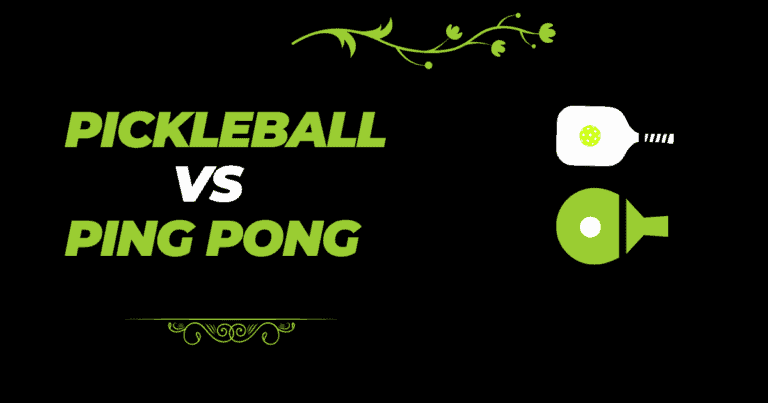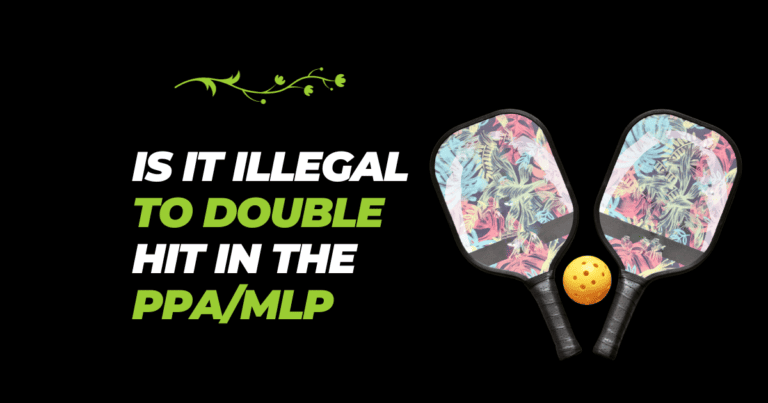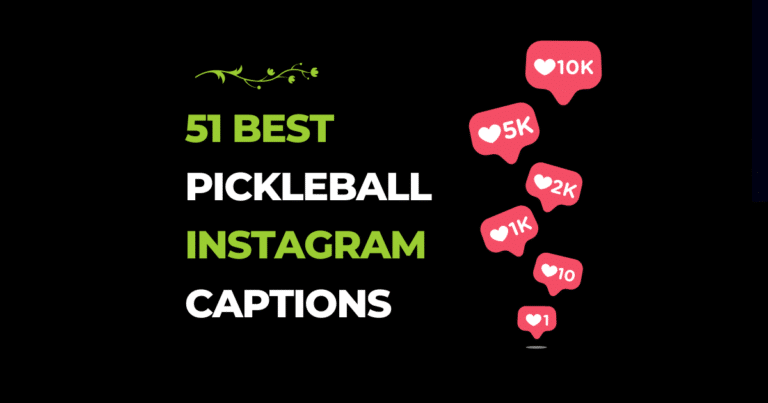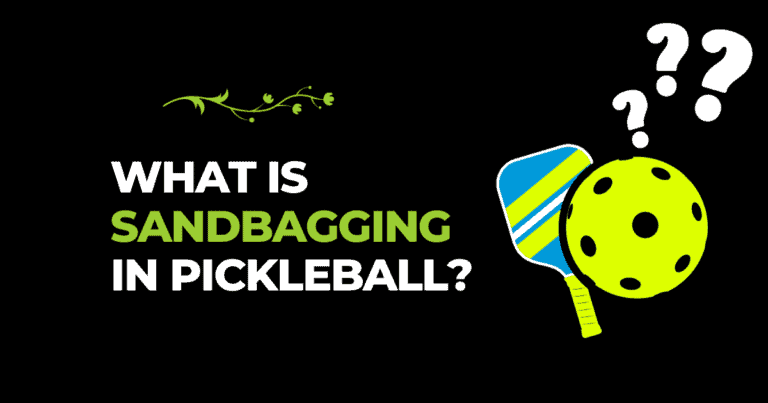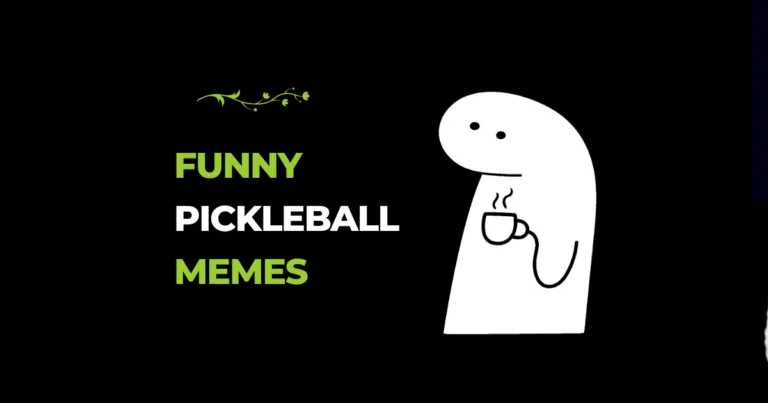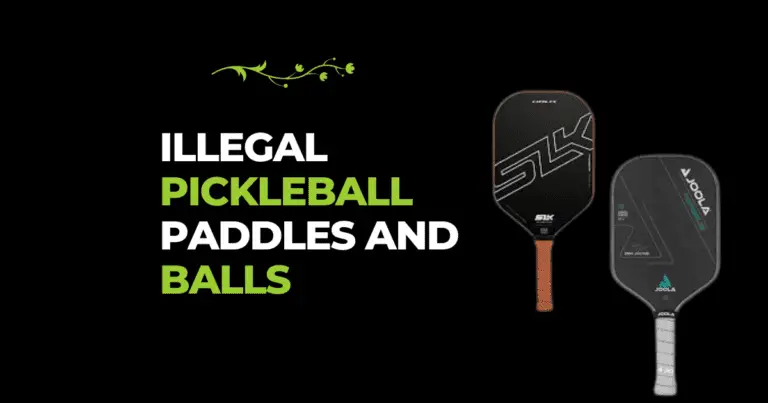Last updated on: January 22, 2024
Major League Pickleball (MLP) has implemented strict new rules regarding the colors and designs allowed on paddles used in professional competition. Feedback from players sparked these changes – paddles with certain visual elements apparently caused issues.
Low-contrast colors that blended too easily with the ball proved problematic. Shades of yellow, green, white and gray often prevented accurate tracking of ball contact and flight paths. This impaired visibility unexpectedly altered play dynamics.
Safety issues also arose as players struggled to respond to obscured shots. Reaction times suffered, making players vulnerable to faster balls. Thus it became a priority for MLP to address problematic paddle aesthetics.
Overview of New MLP Paddle Rules
The updated regulations establish specific parameters around paddle appearance and mandated review processes. Below summaries explain the key components.
Restricted Color Ranges
The new rules prohibit paddles from having large sections purely using “regulated colors” considered insufficiently contrasting. A chart guides restrictions across color spectrums like whites, grays, yellows, greens, etc.
Additionally, any circular graphic larger than 20% of the paddle face cannot primarily contain these hues. High concentrations of regulated colors in central zones are disallowed.

Submission Process for New Paddles
Before tournaments, new paddle designs must get submitted to MLP for review no less than 30 days in advance. Screens determine regulation compliance, especially around color contrasts.
Once approved, repeat submissions are unnecessary unless alterations are made to regulated color aspects. This prevents redundant testing.
Database for Non-Compliant Models
Paddles not meeting official standards will get added to an online database prohibiting those models. This publically accessible list assists all parties in verifying regulation compliance.
Regulated Paddle Colors
| Color Range | Specific Colors |
| Whites/Grays | Pantone 11-0601 TPX Bright White, Pantone 11-4201 TPX Baby Powder |
| Yellows/Golds | Pantone 13-0647 TPX Pale Gold, Pantone 15-1064 TPX Cream Gold |
| Yellow-Greens | Pantone 13-0532 TPX Ginkgo Leaf, Pantone 15-0645 TPX Sheer Green |
| Neon Yellows/Greens | Pantone 803 C Fluorescent Yellow, Pantone 802 C Fluorescent Green |
Allowance Limits of Regulated Colors
| Paddle Face Zone | Max Allowed Coverage with Regulated Colors |
| Any circular area >20% of face | Cannot be primary color scheme |
| Central “sweet spot” | Should not be covered |
| All other areas | No specific limits given |
Implementation and Enforcement
The updated paddle rules now hold force at all MLP events. Players, manufacturers and referees share compliance duties.
Player Responsibilities
Athletes carry responsibility for bringing legal paddles to competitions. Claiming ignorance of expanding regulations does not excuse violations. Players must proactively confirm their paddle’s approved status.
Attempting play with banned paddles risks disqualification. Competitors must double check equipment given frequently updated standards. Stay alert to changes.
Recommended Read: Top female pickleball players
Manufacturer Responsibilities
Those designing and producing pickleball paddles must follow all regulations in constructions. With newly introduced review systems, additional logistics enter operations flows.
Tardy or deficient submission applications risk substantial setbacks for sponsored pros. Keep communication open with governing bodies to prevent issues.
Referee Responsibilities
As usual, referees maintain ultimate match oversight. This includes vigilant adherence monitoring of paddle regulations. Note banned or questionable models for further scrutiny.
Stay up to date with listed non-compliant paddles in the publically posted database. When unclear during play, request paddle checks after points finish.
Responsible Parties
| Party | Responsibility Summary |
| Players | Verify paddle compliance, avoid banned models |
| Manufacturers | Adhere to regulations, submit to reviews |
| Referees | Recognize non-compliant paddles, enforce rules |
Analysis of Problem Areas Addressed
Several issues caused the problematic situations that prompted updated paddle rules and restrictions:
Insufficient Contrast With Ball
As covered earlier, shades of yellow, green, white and gray share too close hues with pickleball colors. This makes distinguishing between paddle and ball difficult upon contact.
Requiring designs avoid concentration of these regulated colors counteracts visibility issues. It emphasizes sufficient definition between ball and background to restore tracking ability.
Overly Busy Design Elements
Beyond contrast problems, some graphics overload the paddle face with loud illustrations or busy patterns. Visually distracting elements divert focus from the ball and impair quick reactions.
The 20% restriction on regulated colors in circular face zones alleviates chaotic appearances. Streamlining improves concentration specificity on the ball.
Potential Glare Complications
While not specifically addressed yet, glossy paddle paint applications could theoretically cause glare issues. Shining spots may complicate visibility as well.
Matte coatings help mitigate concentrated light reflections better than polished finishes. If problems still emerge, MLP may further constrain allowable sheens
References
https://www.thedinkpickleball.com/mlp-paddle-color-rules/, https://theracketlife.com/what-pickleball-paddles-are-banned/


